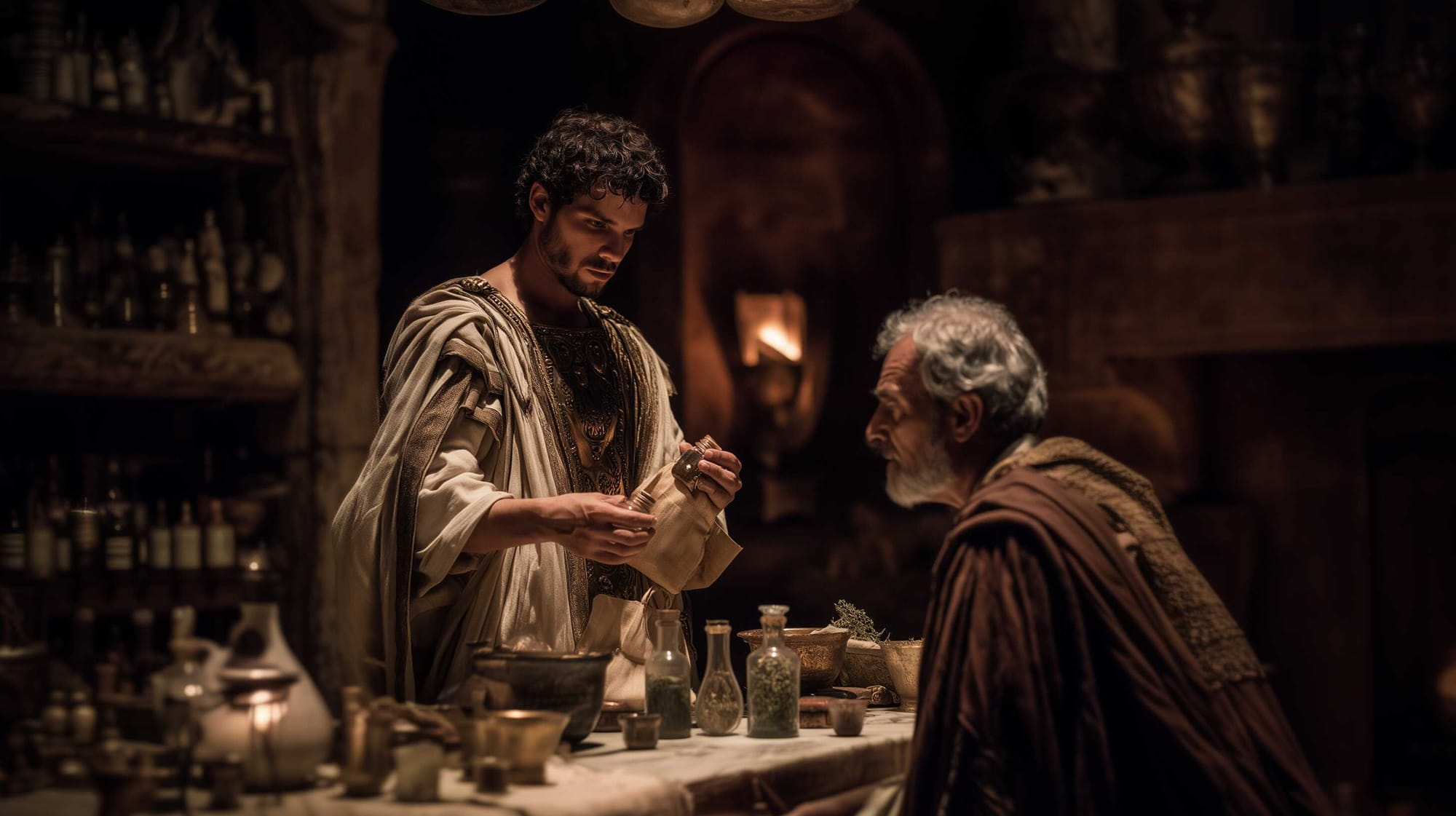Villa Kerylos in Beaulieu-sur-Mer, France, is a house in Ancient Greek Revival style built in the early 1900s by French archaeologist Theodore Reinach. It has been listed since 1966 as a monument historique by the French Ministry of Culture. A Greek word, kerylos means halcyon or kingfisher, which in Greek mythology was considered a bird of good omen.
The French archaeologist and statesman Théodore Reinach spent his family’s banking inheritance to live in exotic magnificence. In the early 1900s, he commissioned a house on a French Riviera peninsula with rooms frescoed in sea creatures and mosaicked with deities — all based on ancient buildings that he had documented on Delos island in Greece.
Mr. Reinach in 1913. He died in 1928.(Agence Meurisse/Bibliothèque nationale de France)
He commissioned Emmanuel Pontremoli, a French Architect and Archaeologist to foresee the building works. The project started in 1906 and took six years to complete. It then became their family home until 1967.
Quietly poised in the Southern Mediterranean town of Beaulieu Sur Mer lies his Greek style Villa Kérylos. The white and brick red shuttered villa is nestled in one of the prettiest areas in the south of France; directly on the tip of the Baie des Fourmis overlooking the Mediterranean sea.
The entrance to the villa is right at the tip of the ocean. Reinach chose this coastal spot as it echoed the style of Greek temple locations. He also welcomes us eternally with the entrance floor inscription in ancient Greek ‘ΧΑΊΡΕ’ (chaíre, “hello; goodbye”, literally: "rejoice, be glad").
Surrounded by a pretty, formal garden and the water’s edge the property stands on three floors. From the basement of the building when it was a family home, there was access to a mooring and swimming directly in the sea. Some areas are closed off and restricted due to the villa being listed, becoming a Museum in 1966 and a historical monument by the French Ministry of Culture. There is the opportunity to buy gifts and information in the entrance to the villa, and it probably takes an hour to walk around.
The ground floor area of the house styled around an open peristyle courtyard which brought to life films I have watched that are now popular representing the Roman Empire and the dramas that belong to that period. It would make a fantastic film location. However, it is now only open to the public with no opportunities for private parties or filming.
The Greeks loved bathing, and this has defiantly not been overlooked, with sauna-like bathrooms and walk-in showers. It has the feel of a modern day spa, but even better. The first room is, in fact, a spa with a huge sunken bath adorned with grey and white marble languishing a golden-lit dressing area suggesting warmth and comfort. The features are unique; in another bathroom area, brass taps are opening to the mouths of lions with matching soap saucers and a plunging marble bath supported by the lion’s feet.
Candles would have lit many of the rooms and together with their effects and the art adorning the walls it would have accelerated an atmosphere of sheer indulgence and luxury. The walls and floors mirror their beliefs with classical Greek motifs representing stories of the gods and mythical animals. This all adds to the fantasy world of the Classical period and creates an illusion of more space.
The attention to detail is just stunning. Nothing is overlooked; from the pretty tiled floors running throughout the villa to the star decorated ceiling. The ancient Greeks were fascinated by astrology, reflected in their use of patterns and colour. The walls are delicately embellished with gardens of ancient olive trees and birds. The name Kerylos means Halcyon or kingfisher which in Greek mythology refers to a bird of good omen.
The main room overlooking the sea is large with high ceilings, perfect for the summer climate; elegant and formal leads off from the inner courtyard, the heart of the villa.
Some of the tapestries are still decorating the bedroom walls, and the embroidered original curtains remain intact. The Greeks were also inspired most of all by nature, and this too is echoed in the wall hangings and contrasted by the symmetrical design.
The views throughout the villa are spectacular, and even on a cold, miserable day, there would be the inspiration. The first floor of the house is light and breezy with all the bedrooms adorned with frescoes representing heroic and imaginative stories.
It may have been cold in winter with no double glazing and all the marble but underfloor heating was incorporated, and with the Mediterranean climate this house would have been a palace and paradise home.
by Kay Hare

































